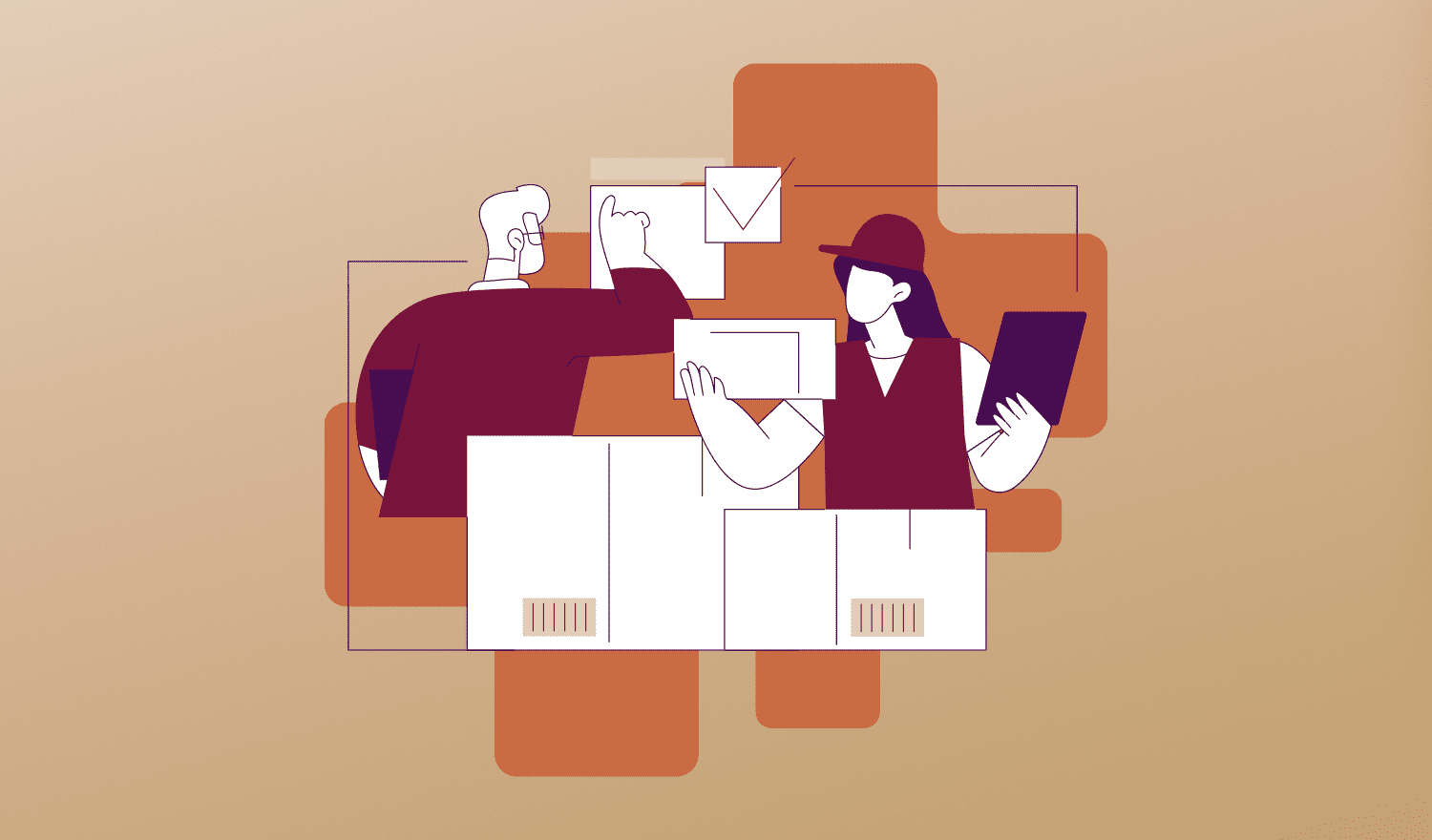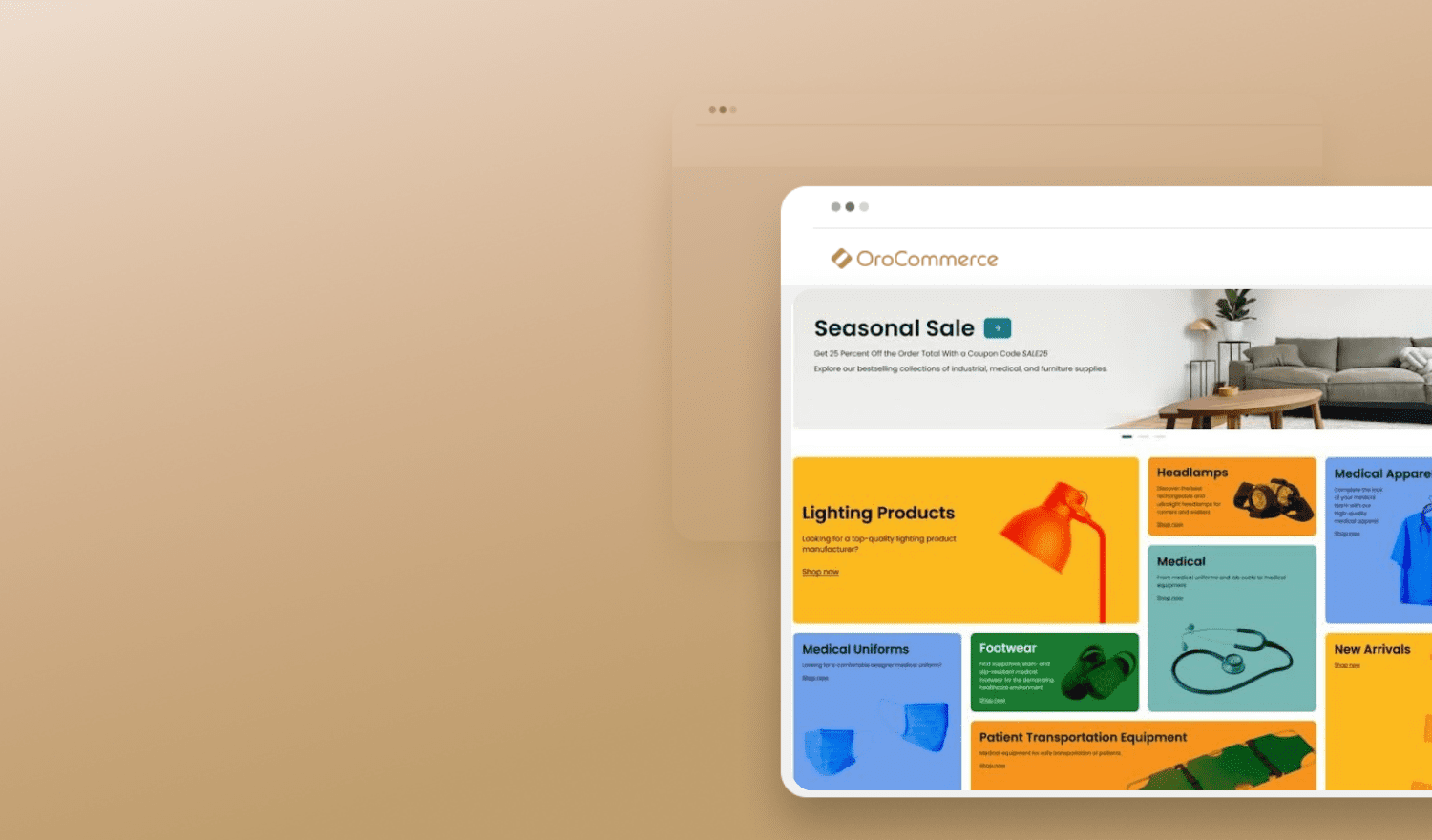Electronic payments, once just a promising trend, are finally becoming a reality for many businesses. According to “ePayments Rising: The 2014 Market Report,” conducted by Ardent Partners, 71 percent of B2B companies are now fully capable of paying their suppliers electronically. What’s more, 89 percent expect that they will be issuing electronic payments to the majority of their suppliers by 2016.
Despite these numbers, however, the B2B industry still has a long way to go. In a recent survey, the Association of Finance Professionals found that only 50 percent of B2B payments were being made electronically. Furthermore, this figure represents a sharp slowdown in e-payment adoption, which went from 23 percent between 2007 and 2010, to only 7 percent since.
Why, then, has the other half of B2B businesses been so slow to adopt e-payment solutions? Three reasons can answer this question.
Electronic payments, once just a promising trend, are finally becoming a reality for many businesses. According to “ePayments Rising: The 2014 Market Report,” conducted by Ardent Partners, 71 percent of B2B companies are now fully capable of paying their suppliers electronically. What’s more, 89 percent expect that they will be issuing electronic payments to the majority of their suppliers by 2016.
Despite these numbers, however, the B2B industry still has a long way to go. In a recent survey, the Association of Finance Professionals found that only 50 percent of B2B payments were being made electronically. Furthermore, this figure represents a sharp slowdown in e-payment adoption, which went from 23 percent between 2007 and 2010, to only 7 percent since.
Why, then, has the other half of B2B businesses been so slow to adopt eCommerce payment gateways? Three reasons can answer this question.
1. Philosophical challenges
One of the most daunting obstacles e-payments face is the simple ubiquity of checks. For decades, checks have been the preferred method of payment for businesses. Buyers and suppliers in every industry are familiar with them, know how to handle them, and have often become reluctant to give up this level of comfort for something else. This has made the idea, prevalent among companies that have yet to implement electronic payments, that if their current solutions work, why change them?
Compounding this further is the fact that most companies often prefer to put their time and efforts into projects that will make more money for them, rather than simply cut costs. Despite many companies citing the long delays and subsequent costs of their current invoicing processes as a top challenge, and despite the significant potential savings of electronic payments (up to 15 dollars a transaction), this type of thinking remains a potent obstacle.
2. Technological innovations
In the U.S., at least, checks have remained dominant for so long due in large part to technological innovations that have made them so easy to use. For instance, check truncation and remote deposit capture have made it possible to convert physical checks into digital images, which can then be put into an account. This has removed many of the burdens associated with paper checks, and has further prolonged their relevancy.
Ironically, such innovations have kept the industry from embracing other advances. Because checks require a minimal amount of information (just a name and address) and can now be deposited with such ease, companies don’t have to worry about gathering the additional data, such as bank account information, required for an electronic payment. As such, they are missing out on the early payment discounts and other advantages e-payments offer.
3. Suppliers
The largest impediment to implementing B2B e-payments exists on the supplier side, according to Ardent Partner’s report. Although 71 percent of companies are prepared to fully begin paying their suppliers electronically, almost half of suppliers (46 percent) reported that they cannot bear the cost of converting to electronic payments, while another 30 percent said that they do not have the general capabilities to do so. A further 22 percent of suppliers lack even the managerial structure to effect the change needed for electronic payments.
This challenge highlights a primary difficulty of e-payments: They cannot be implemented independently, but instead require a collaboration between buyers and sellers in order to ensure that both possess the proper technology and knowledge to send and receive payments. This process will involve companies educating suppliers about the information required for electronic payments, addressing any security issues, confronting upfront costs, and much more.
Conclusion
Already, there are many great solutions in place for addressing the supplier problem and helping the other 50 percent of B2B payments go electronic. UPIC codes, for instance, can make sharing bank account information as safe as issuing a check, while supply chain financing and early payment options can help with upfront costs. We’ll soon look at some of these e-payment solutions, as well as their advantages and disadvantages, to help you decide what is best for your company.
The Oro Team



